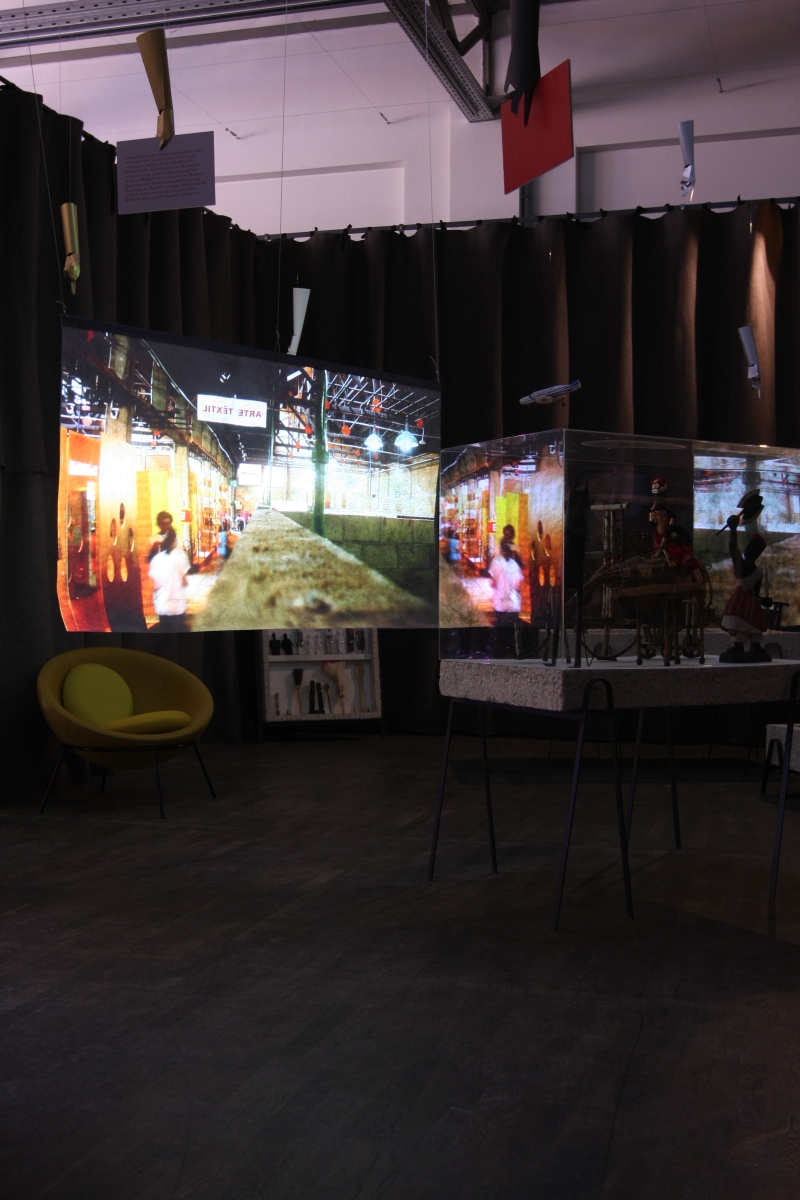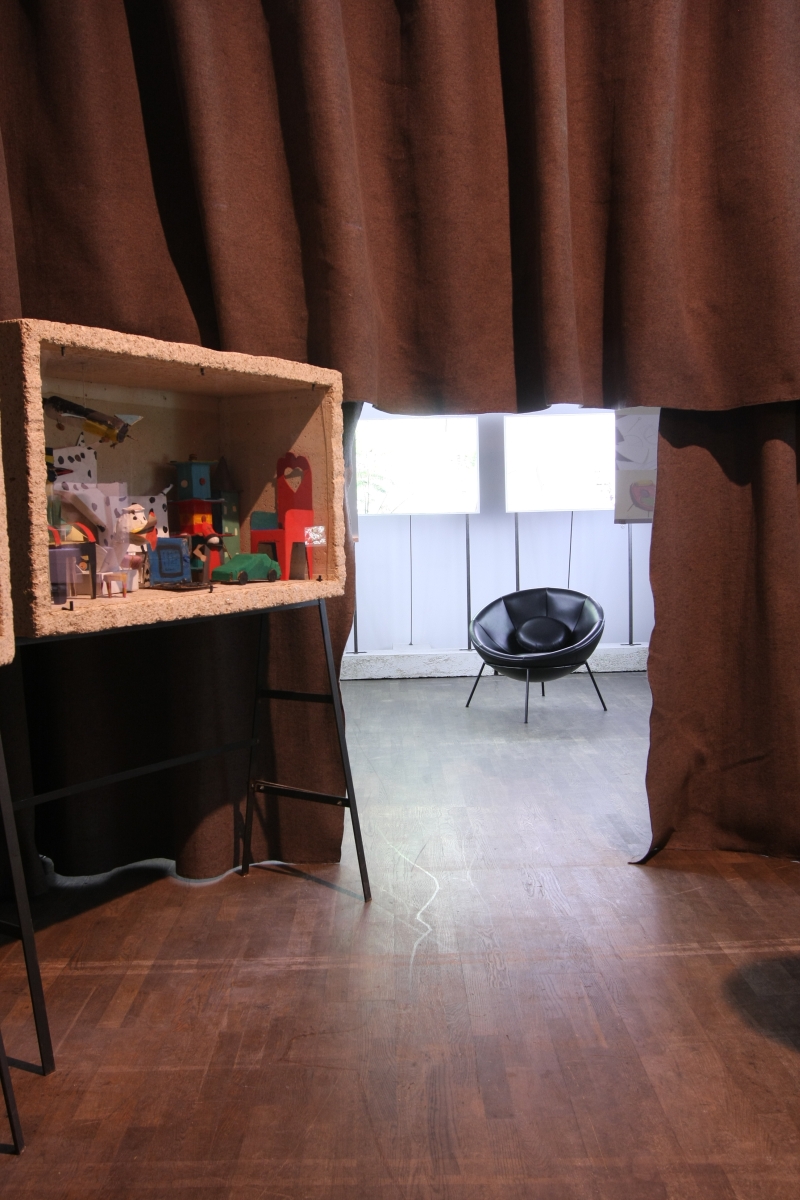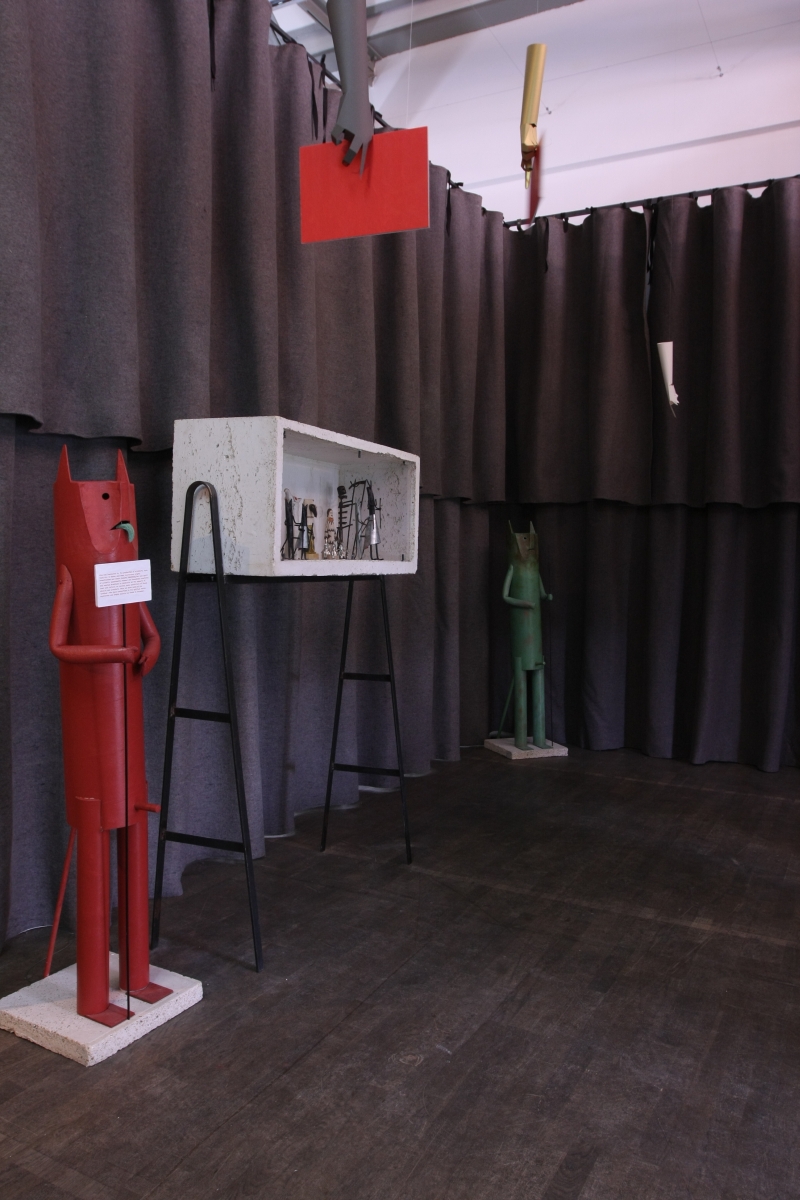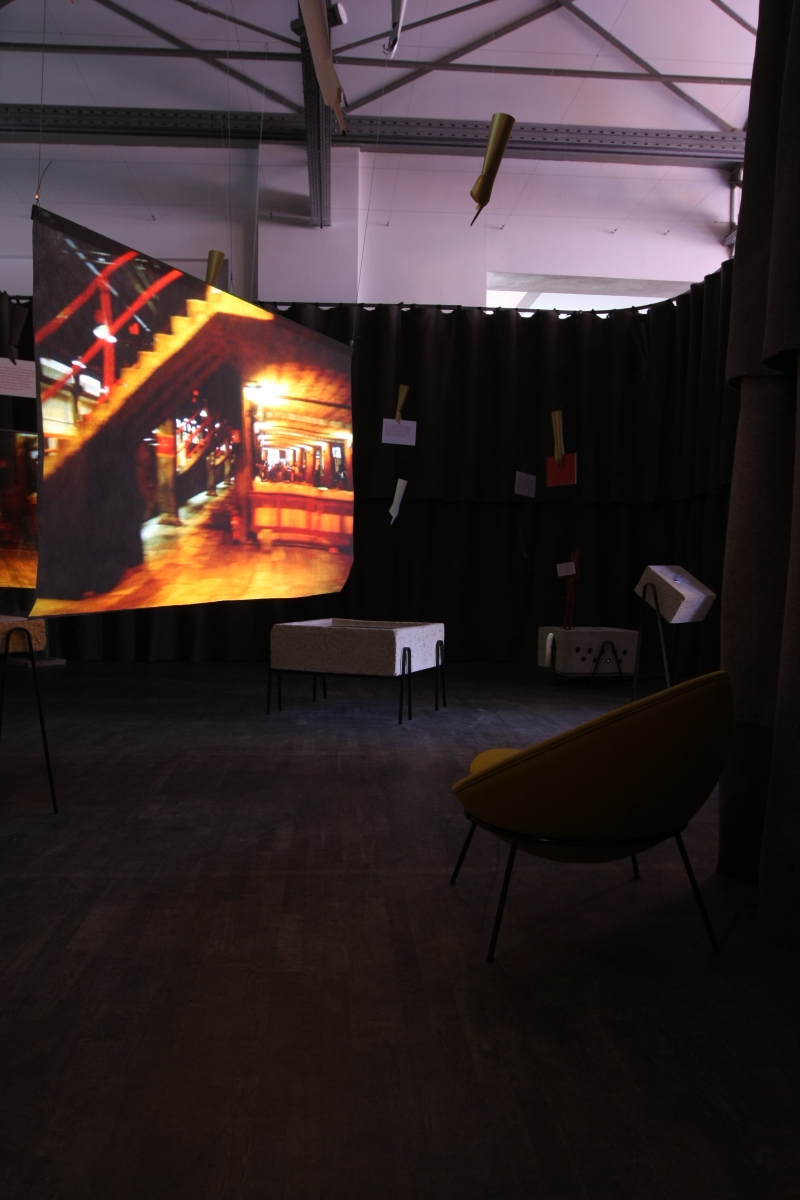Should the 2014 football World Cup final see Italy meet Brazil that would, arguably, be a more than fitting celebration of the 100th anniversary of Italo-Brazilian architect, artist, designer and author Lina Bo Bardi.
However, because football's fickle fate cannot be relied upon the Deutsches Architektur Zentrum, DAZ Berlin are currently staging the exhibition "Lina Bo Bardi - Together", an equally fitting tribute to Lina Bo Bardi and her work.
Born in Rome on December 5th 1914 Achillina Bo graduated from Rome School of Architecture in 1939 before moving to Milan in 1940 where in addition to working as an architect she also undertook numerous journalistic commissions; commissions that in 1943 led to her appointment as deputy director of the Italian architecture and design magazine Domus. In 1946 Lina Bo married the Italian modernist architect Pietro Maria Bardi and in the same year the pair moved to Brazil, settling in São Paulo from where Lina Bo Bardi added stage design, curating and lecturing to her architecture and journalism work. Architecture remained however her principle focus and among the architectural highlights of Lina Bo Bardi's career in Brazil are the Museum of Art of São Paulo, the Museum of Modern Art of Bahia in Salvador, the SESC Pompéia culture & leisure centre in São Paulo and the so-called Casa de Vidro - The Glass House - the home she designed and built for herself and her husband. And where Lina Bo Bardi died on March 20th 1992 aged 77.
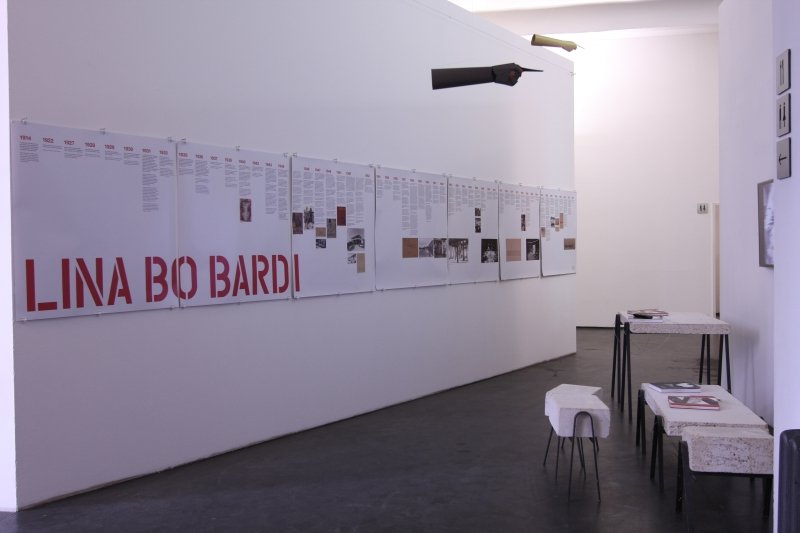
Essentially three exhibitions in one "Together" explores the influence of indigenous Brazilian craft and art on Lina Bo Bardi's work, the influence of Lina Bo Bardi's work on the people of Brazil, or at least São Paulo, and also reflects on the private Lina Bo Bardi.
"For Lina Bo Bardi architecture was like the theatre", explains exhibition curator Noemi Blager, "Just as a play begins once the actors take the stage, so to does a building require people to make it come alive. To give it a purpose."
And just as Lina Bo Bardi's buildings can be understood as theatre so to is there something unmistakably theatrical in the exhibition design by London based agency Assemble. And we don't just mean the heavy felt curtains that surround the space. A multi-media presentation conceived with the intention of re-creating the experience of visiting one of Lina Bo Bardi's works the exhibition is intense without over-powering and features films, photographs, cast concrete vitrines full of Brazilian folk art and all watched over by a silent guard of Exu deities. From the ceiling untold hands point towards that which you can't possibly have missed. There is also a constant background soundtrack of urban commotion which at one point sounds as if it could have been written by the band Coldplay. It wasn't, but the moment you consider if it could be is the moment you understand the theatre that underscores Chris Martin's approach to his work. Just as an aside.
The most present feature of the exhibition is a series of films by Helsinki born film-maker Tapio Snellman which introduce Lina Bo Bardi's work through the experiences of the people who use her buildings. Projected onto screens suspended in the exhibition space the films show visitors and users bringing the SESC Pompéia to life - the actors as it were in the improvised social play that architecture makes possible - as well as more general street scenes from the daily reality in São Paulo. The private, off-stage, world of Lina Bo Bardi meanwhile is presented in a further Tapio Snellman film and photos from inside the Glass House. A presentation that reminds one of the imagery and visual registers popularly associated with portraits and films of the Eames House in Los Angeles. And for us creates the impression that the curators are trying to position Lina Bo Bardi and Pietro Maria Bardi as the South American Charles and Ray Eames.
A comparison that is not completely without its justification given the role Brazilian folk art played in Lina Bo Bardi's life and work; an influence reflected in the exhibition by both a collection of ceremonial objects, hand-crafted toys and folk art assembled by the Dutch artist Madelon Vriesendorp and objects created by Brazilian children in a workshop ran by Madelon Vriesendorp at the Museum of Modern Art of Bahia in Salvador.
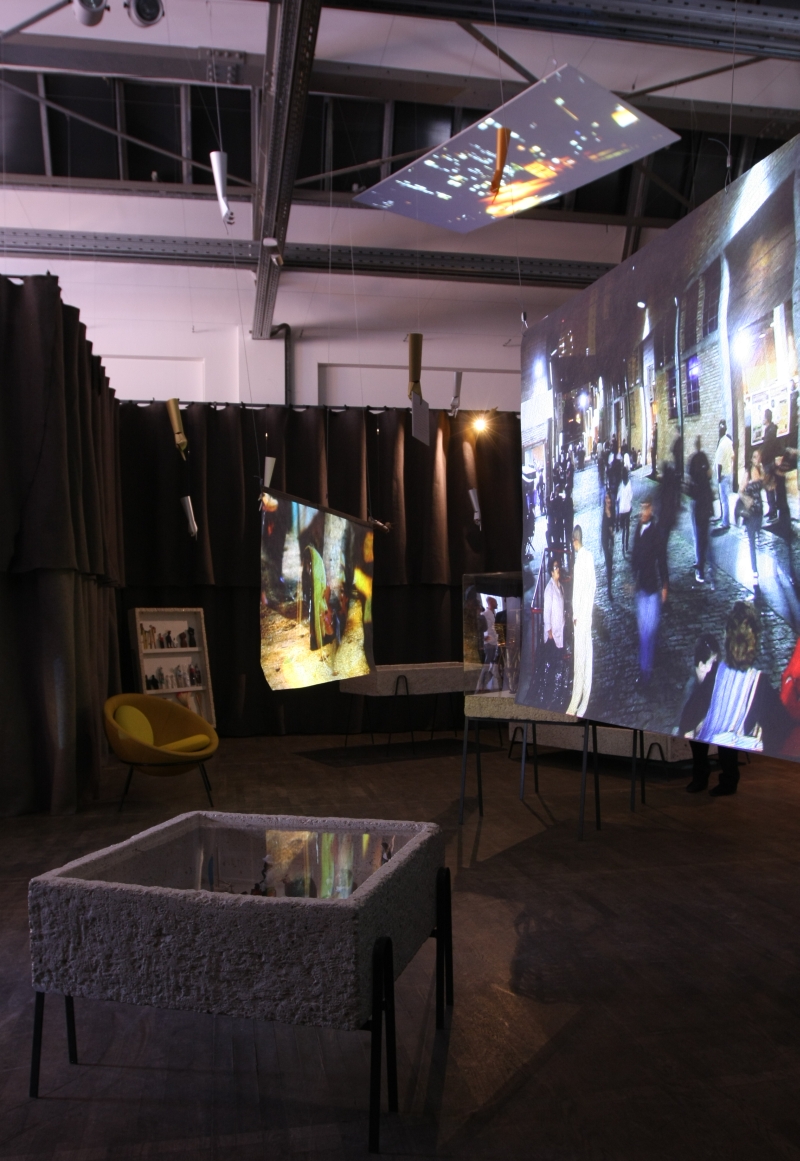
No one would argue that Lina Bo Bardi is or was the most important architect of her generation, she is however one who deserves a lot more recognition that she currently gets and one whose work deserves to be better understood.
How much you will actually learn about Lina Bo Bardi through visiting Lina Bo Bardi - Together is however questionable. Or better put, relative to how much time you bring with you.
As with all architecture exhibitions the curators have been faced with the option of a text heavy show or something that relies principally on visual images. Going for visual images as they have makes the show more inviting, less daunting, but much more difficult for the visitor to fully contextualize and understand what they are seeing. The information panels that are there are very good. Yet succinct. And seldom. But not as seldom as images of the exteriors of Lina Bo Bardi's buildings and/or of the buildings in their location and context. Of which there are none - save one photo of the Glass House. Consequently it is very hard for the uninitiated visitor to fully grasp what Lina Bo Bardi achieved. Outwith the main exhibition space a collection of monographs are available that offer the full Lina Bo Bardi story; in the main space however the visitor is largely left to decipher the meaning of the constant information stream for themselves. Something that is difficult without either a lot of prior knowledge on Lina Bo Bardi and her oeuvre - or continually returning to the literature. For us an ever so slightly more detailed exhibition programme would allow all visitors the chance to better understand what is on display. And so the contribution Lina Bo Bardi made to 20th century architecture.
If you bring the time and interest with you Lina Bo Bardi - Together is an excellent introduction to Lina Bo Bardi's life and work: for the casual visitor the sound, colour and movement allow one to briefly immerse oneself in an environment you may not fully understand. But will enjoy. And will be glad you visited.
Much like an evening at the theatre.
Lina Bo Bardi - Together runs at the Deutsches Architektur Zentrum DAZ, Köpenicker Straße 48/49, 10179 Berlin until Sunday August 17th.
Full details can be found at www.daz.de
